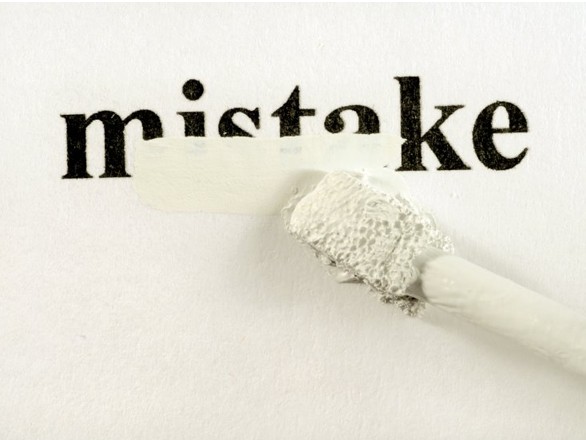Considering the Use of Stock Photos in Web Design
Stock photos may be key design resources, but they are also prone to design abuse. Today, we will try to find out what the pros and cons of using stock photos in web design are.
Bloggers use stock photos in order to illustrate abstract concepts they are writing about. Another reason to use such pictures is to break the monotony between the passages of text.
Another category of people who use stock pictures is both newbies and experienced users who need a recognizable image to put a face on their websites, who just need a cover page for a newsletter, or just the photo on their slideshow presentation. Stock photos are convenient resources since they can immediately elicit a desired human response from the target audience.
But the greatest and the most dangerous disadvantage of using stock images is the fact of being overused. We bet you personally remember a dozen on pictures that you have seen on numerous websites.
Remember these?..

 Stock photos can be compared to canned lines from awkward pick-up artists… too simple, too trite. It is the uncomfortable truth, indeed, but stock pictures can very often fail to convey the emotions and concepts you want your target audience to perceive. In this case, you will face a double failure: a bad impression from website design, and no feedback from your visitors. Another point to consider when using such images is the probability of Stock Photo Abuse.
Stock photos can be compared to canned lines from awkward pick-up artists… too simple, too trite. It is the uncomfortable truth, indeed, but stock pictures can very often fail to convey the emotions and concepts you want your target audience to perceive. In this case, you will face a double failure: a bad impression from website design, and no feedback from your visitors. Another point to consider when using such images is the probability of Stock Photo Abuse.
If you still prefer using stock photos, follow these tips for a better choice.
- Make sure there is a logical connection between the image and the purpose of the design. For example, if a website does not present an international company, and if there is even no customer service available in several foreign languages, you should not use the image of the globe in website design… even if it is your favorite element of design.
- To see how often the images you’ve chosen are used, check them with TinEye. It is a reverse image search engine where you can upload your image or enter your image’s URL and see how many times that image has appeared on other sites. If the image is overused, you’d better get another one.
- Spare good time (15-30 minutes) to search diligently. Be sure to bookmark a few alternatives before you make the final choice. The worst mistake you can make is to pick up the first image from the search result.
- Is good to have a few unbiased people to look at the images you’ve selected. Let them give their thoughts of what they think about the chosen stock images within your website design.
What are the alternatives to stock photos?
- The answer is to take your own photos. You can do it yourself, ask a friend and hire someone to help you with it. You will not have to search for that perfect image for hours – just capture the moment yourself!
- Another way is to use illustrations instead of photos. Illustrations have a greater potential for conveying the overall concept of the design better.
- Don’t be afraid to combine photos and illustrations, as well as, play more with typography – this will give your audience a more unique experience.
Do you feel like getting more ideas on the subject? Click here to watch a video.




